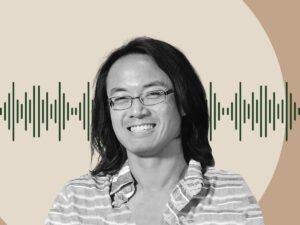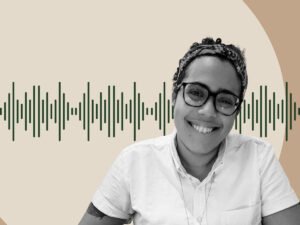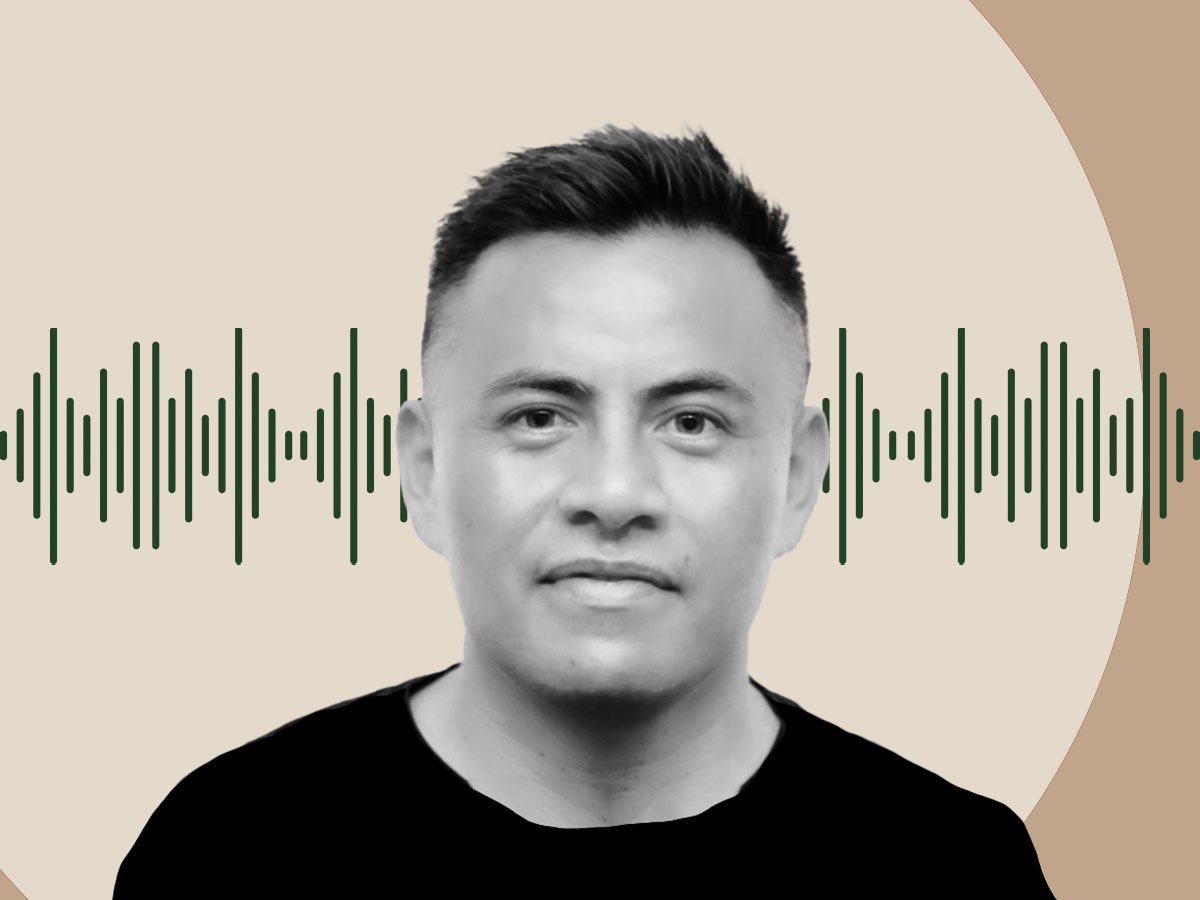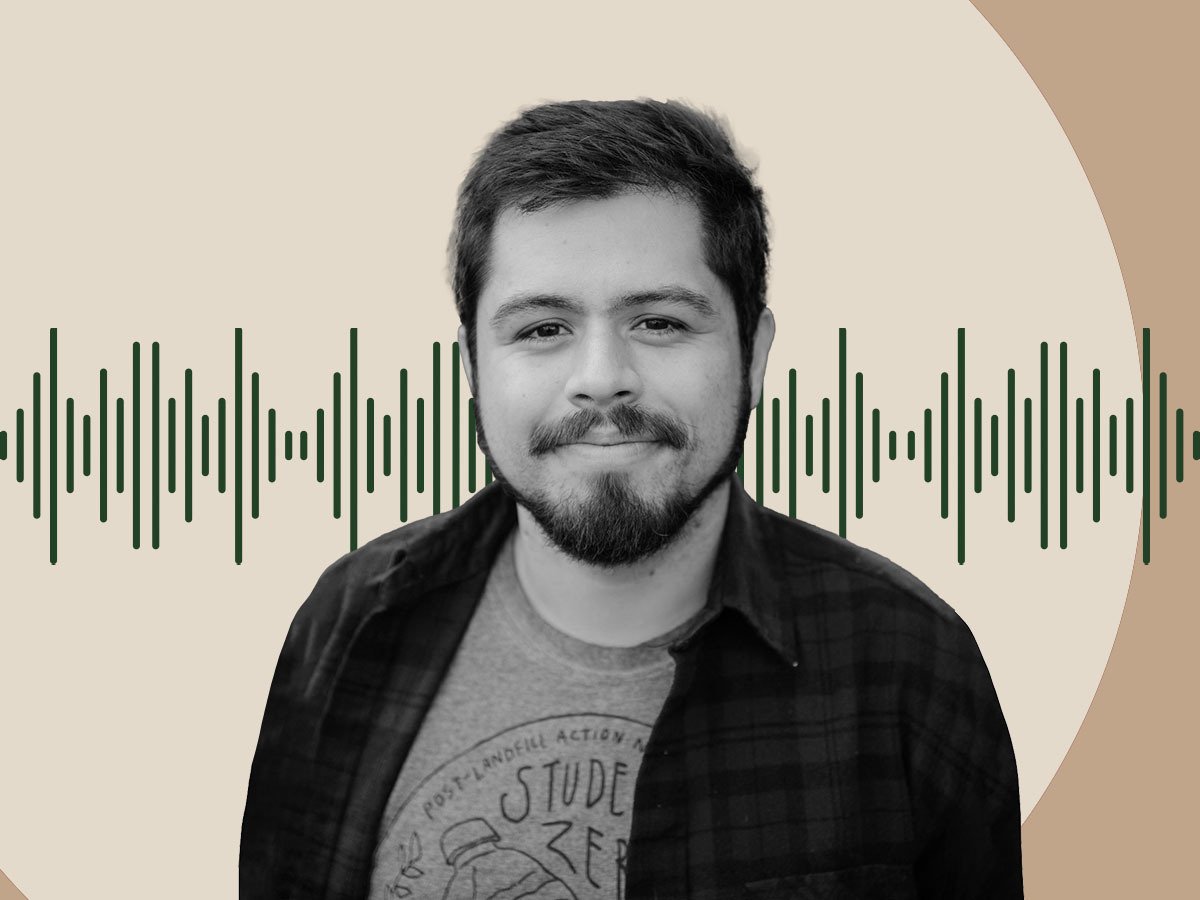Mistinguette, I would love to hear from you on this. What I’m hearing a little bit in the conversation here is this sort of thread of the organization, the community, and the spaces and what they actually are for. And I remember you did an article last year, I think, on this idea that, for leaders of color, there is the connection to community, that they are not advocating for community that they don’t belong to. And that leaving might be easier, because you can see something beyond, it doesn’t just end.
Mistinguette Smith
One of the things and what I wrote the article about is, it is different for a white leader of an organization that used to be a movement institution that’s now just a nonprofit to leave, because they just fall off a cliff. It’s like, bye, we done with y’all. We might put a painting up of you somewhere for a rich organization. Whereas, particularly for Black people, and also for other people of color, moving out of organizational leadership doesn’t mean moving out of community, doesn’t mean moving out of the movement. What it often means, though, is falling off of a financial cliff. And so the holding on is not about holding on to community and meaning the way it is for white leaders, it is literally holding on to the ability to pay the gas bill. And I think if we talked about that more openly, we could be more successful at building spaces that could be that place where folks could get a chance to hear what were the real values, or how did those show up in the strategies and tactics, that we’re longing to both share and hear.
So, thinking about community care as not just a thing for younger people but as an intergenerational obligation that is opportunity for us to win is a thing that I am longing for. And creating spaces where I help people experience what that looks like in small bits of practices is a piece of the work that I am doing now. A small example of which is facilitating a conversation that was a Black Native dialogue about land, holding a ritual where we were helping young people learn that you don’t eat until your elders are all holding a plate, and having that cultural, spiritual ritual be really meaningful for those who serve, even though their noses were out of joint at first, and also those who were served, because they have been hungering for that literal and cultural food.
Cyndi Suarez
What we’re entering now is kind of looking at what happens between people of color, what happens within Black communities, within Latino communities, Latinx communities. It would be really exciting to put what we want and what we need into the middle of the conversation of race. What could we be doing as a sector, as a civil sector, not just nonprofits because it doesn’t have to be organized the way that we’re currently thinking about it, but how could we — Mistinguette, you just said something really beautiful, which is that when you really start to look at it as a community and not just as this space where we have to compete against each other, we may create new forms of care. So I just would love to build on that as we leave. What could we be doing more, if we just really think about what we need? It could be NPQ, it could be the field, it could be you as an individual.
Sign up for our free newsletters
Subscribe to NPQ's newsletters to have our top stories delivered directly to your inbox.
By signing up, you agree to our privacy policy and terms of use, and to receive messages from NPQ and our partners.
Sean Thomas-Breitfeld
Misinguette, in terms of that example of young people are not eating until all of the elders have plates of food, it recalls, for me, something I think you brought up earlier, Cyndi: we don’t grapple with individualism. I’m a yelder. So I’m a GenXer but sort of on that micro Xennial generation. I do think that there’s a level of hyperindividualism that lets the critique of elders and critique of leaders sort of run wild in ways that can potentially be undermining of the institutions that everyone is actually a part of, and then it leads to real questions on the part of board members and senior leaders around like, what is it that younger staff are trying to achieve? Is this actually strategic action to call out an executive leader on social media? Or to bypass the leader and complain to the board? You know, are those actually strategic actions? And what is it that has led staff who are younger and may not have positional power to think that that is a strategic action to take that will lead to the kind of institutional change that they’re seeking? That’s where I just think there’s a lot that is complicated here around how people are thinking and what the frameworks are for strategy.
Angela Romans
I think just, Sean, and also, some of that is desperation, out of pain, of not having their voices heard and not knowing where there are spaces for that to happen. So I think building on Mistinguette’s point about more intentional intergenerational spaces for conversation, for storytelling, for trust-building, and funding that. Because there’s a need for that. Kad and I have been in a lot of conversations about the field funding racial equity capacity building, and capacity builders. That is a capacity building structure and resource for what our organizations and what our field needs. So I would say that. That and with an eye towards succession, toward intentionally creating the mastery, the skills, the approaches, all of that that’s necessary for succession as well.
Kad Smith
And I think that in any organization that I’m open to partner with, I want to be talking about racism and ageism. And ageism is one of those things that I used to always think about it towards one end of the spectrum, for myself. So talking about hyperindividualism, is that being a young person told that grown folks talking. The certainty, the authority, the ways in which you experience it. It wasn’t until I got into adulthood that I was like, oh! Ageism is a very real phenomenon that our elders experience, and I can now see that so much more clearly. So, if an organization has brought in someone to lead their organization, and there’s no financial strategy to make sure that that person isn’t in financial ruin after they’ve dedicated their lives to them, that’s a form of racist ageism, in my opinion.
Dax-Devlon Ross
What I want to see and believe, I think, is important is, and I go back to what I wrote in that article, is the space and the time and the care, so that Black leaders can show up in the ways that they — because I think that the expectation that we place upon Black leaders, and we’ve talked about this, to be at the extreme radical end of the spectrum is really, it’s essentializing. It is racist in and of itself, and it’s very essentializing. And I just would like to see, if it is the case that this sector can be a variety of different things, and they’re going to have variety of kinds of organizations, that there is room for a variety of different kinds of Black leaders and Black leadership, and they don’t all have to only live in this specific orthodoxy. And if they don’t live and if they don’t show up in the particular kind of ways in which they need to or we said that they must, that they are therefore less or not about or not down with, because I think that that’s really, and we fall into a trap. We fall into the binary trap once again. And that binary trap which we recognize has always created problems for us in our work.













